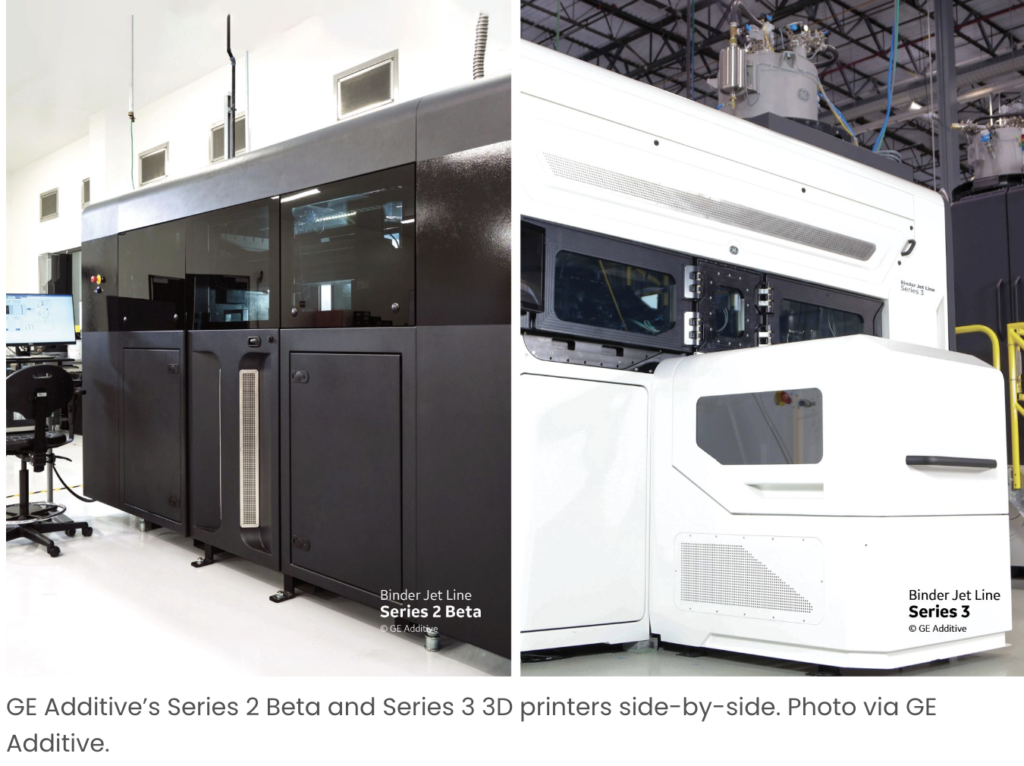An Engineer’s Lens and Layman’s Guide
The universe of 3D printing, or additive manufacturing if you prefer the more technical nomenclature, is a vast and burgeoning realm that is revolutionizing the way we conceive and fabricate objects.
As we venture through this cosmos, we will deploy our engineering vernacular to decipher the intricacies of 3D printing and then translate it into everyday lingo.

Additive Manufacturing Processes and Material Extrusion
In the technical dominion, 3D printing encompasses various additive manufacturing processes. One of the most prevalent is Fused Deposition Modeling (FDM).
It involves the material extrusion process where thermoplastic filament is heated and selectively deposited layer by layer.
The additive nature of this process facilitates the creation of complex geometries and internal structures, which are otherwise impossible with traditional subtractive manufacturing techniques.
Materials and Tensile Strength
Engineers delve into the material science aspects of 3D printing. Polylactic Acid (PLA), Acrylonitrile Butadiene Styrene (ABS), and Polyethylene Terephthalate Glycol (PETG) are commonplace materials.
The choice depends on the mechanical properties required – whether it’s tensile strength, ductility, or heat resistance that’s paramount.
Precision and Tolerance
An engineering pursuit in 3D printing entails ensuring dimensional accuracy. The layer height, nozzle diameter, and print speed must be calibrated meticulously.
These factors govern the Z-axis resolution and XY-plane precision, which are vital in achieving tight tolerances for interlocking parts or assemblies.
Now, let’s decode that for daily chatter!
Imagine 3D printing as an ultra-skillful pastry chef. Instead of frosting, the chef uses materials like plastic. The Fused Deposition Modeling (FDM) we talked about is like the chef squeezing out frosting from a bag, layer by layer, to create a fancy cake.
The cake takes shape as the layers stack up. The best part? The chef can make crazy designs that would be impossible with a regular baking mold.
Next, the materials – think of them as different types of frosting. Some are stiff and perfect for holding shape, like a gingerbread house (that’s PLA).
Others are more flexible and can take a little heat, like buttercream frosting – that’s more like ABS. And then there’s the fancy fondant for intricate decorations – that’s like PETG.
Lastly, precision is like making sure your cake layers are even and your decorations are perfect. It’s about adjusting how thick the frosting is, how fast you squeeze it out, and making sure everything lines up just right. That’s what engineers do with 3D printers to make sure the parts fit together perfectly.
The Captivating Universe of 3D Printing
3D printing is a rapidly growing technology that has the potential to revolutionize the way we manufacture goods. In simple terms, 3D printing is the process of creating three-dimensional objects from a digital file. This is done by laying down successive layers of material until the object is complete.
The possibilities with 3D printing are endless. You can create objects that are impossible to manufacture using traditional methods, such as complex shapes or objects with internal structures. You can also customize objects to your exact specifications.
For engineers, 3D printing is a powerful tool that can be used to prototype designs, create custom parts, and even manufacture finished products. 3D printing can also be used to create educational models, medical devices, and even food.
How does 3D printing work?
3D printing is based on the principle of additive manufacturing. This means that objects are created by adding material layer by layer rather than by subtracting material from a block of material. The most common type of 3D printing uses a process called fused deposition modeling (FDM). In FDM, a heated nozzle melts a filament of plastic and deposits it in a thin layer on a build platform. The build platform then lowers by a small amount, and the process is repeated until the object is complete.
What are the different types of 3D printing?
There are many different types of 3D printing, each with its own advantages and disadvantages. Some of the most common types of 3D printing include:
- Fused deposition modeling (FDM): This is the most common type of 3D printing. It is relatively inexpensive and easy to use, but it is not as accurate as some other types of 3D printing.
- Selective laser sintering (SLS): This type of 3D printing uses a laser to sinter (melt and fuse) powdered material together. It is more accurate than FDM, but it is also more expensive.
- Stereolithography (SLA): This type of 3D printing uses a laser to cure (harden) a liquid resin. It is very accurate, but it is also very slow.
- Direct metal laser sintering (DMLS): This type of 3D printing uses a laser to sinter powdered metal together. It is very accurate and strong, but it is also very expensive.
What are the applications of 3D printing?
The applications of 3D printing are endless. Some of the most common applications include:
- Prototyping: 3D printing is a great way to prototype designs. This allows engineers to test their designs and make changes before they go into production.
- Custom parts: 3D printing can be used to create custom parts that are not available off the shelf. This is useful for businesses that need to repair or replace parts that are no longer available.
- Manufacturing: 3D printing can be used to manufacture finished products. This is becoming increasingly common, especially for small-batch production.
- Education: 3D printing can be used to create educational models. This is a great way to teach students about different concepts in engineering, science, and medicine.
- Medical devices: 3D printing can be used to create medical devices, such as prosthetics and implants. This is a growing field, as 3D printing allows for the creation of custom devices that are tailored to the individual patient.
- Food: 3D printing can be used to create food. This is a relatively new field, but it has the potential to revolutionize the way we eat. For example, 3D printing could be used to create personalized meals or to create food that is difficult or impossible to make using traditional methods.
The future of 3D printing
The future of 3D printing is very bright. The technology is constantly evolving, and new applications are being developed all the time. As the cost of 3D printers continues to fall. It is likely that 3D printing will become even more widespread in the years to come.
Conclusion,
So, we’ve journeyed through the captivating universe of 3D printing, both through the telescope of an engineer and the looking glass of everyday analogies.
Whether you’re an aficionado of the technical jargon or prefer the simplicity of layman’s terms, there’s no denying that 3D printing is an astronomical leap in the world of manufacturing.
It’s like having a personal pastry chef that can create any cake design you can dream of – only this time, it’s for creating real-world objects. 🚀🍰
Thanks,
Bullwinkle



